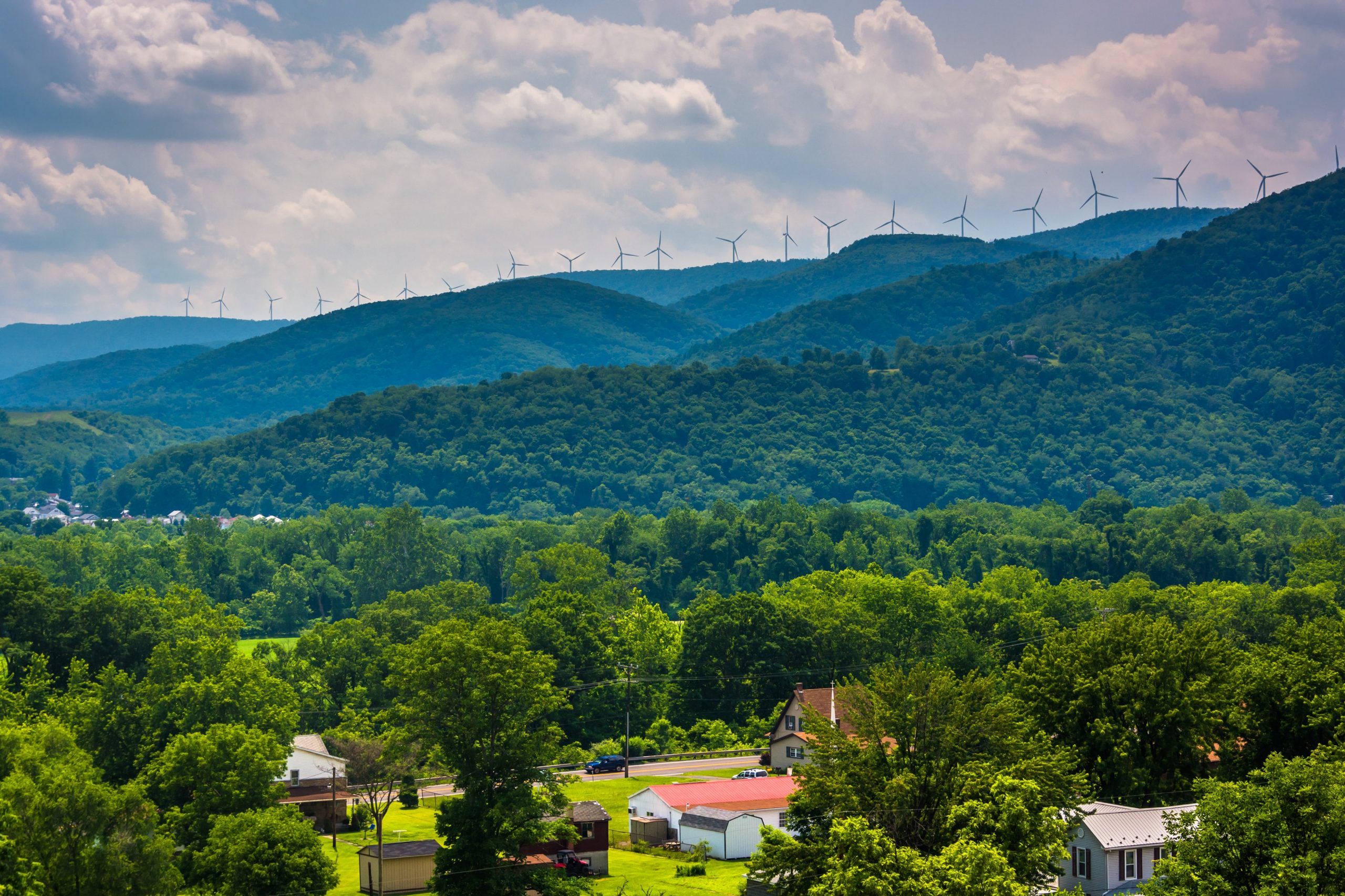The drop in the worlds’ oil consumption, growth of renewable energy, and the new US administration can significantly move the country in a direction to more effectively combat climate change.
By Kate Watters, Crude Accountability Executive Director
In late November, the Washington Post’s Steven Mufson reported that greenhouse gasses in the United States had dropped to their lowest levels in thirty years. Bloomberg reported that the US economy would generate 5.9 billion metric tons of emissions in 2020, or a level on par with that of 1983.[1]
This decrease puts the US back on track to meet the obligations set out by President Obama when he signed the country on to the Paris Accords. If Biden rejoins the international agreement, as he has said he would on Day 1 of his presidency, the US could be back in the climate game.
Reduction in hydrocarbons
This dramatic drop in greenhouse gasses happened, in no small part, because of massive reductions in extraction and use of hydrocarbons due to the pandemic and the growth of the green economy.
According to a recent report by the International Energy Agency, “New data show that global demand from January to July was 10.5 million barrels per day below last year’s level.”[2] The Energy Information Agency (EIA) reported that it “expects US crude oil production to fall from 12.2 million b/d in 2019 to 11.4 million b/d in 2020 and 11.1 million b/d in 2021.”[3]
In September of this year, the International Energy Agency provided its forecasts for global oil production, stating that the outlook for oil looks “fragile.”[4] National Public Radio reported on September 15 of this year, “…energy giant BP, which has grabbed headlines with its new carbon-neutral commitments, raised the possibility that the world might never again use as much oil as it did before the pandemic.”
It is possible that the world will not return to the previous levels of oil consumption even after the end of the global pandemic.
Green energy
Even in the United States, following four years of the Trump administration, renewable energy is the fastest growing energy source, growing 100 percent from 2000 to 2018. In 2018, renewables comprised 17 percent of net energy generation. Hydropower and wind made up the bulk of that figure.[5]
As the IEA reported in its September report, “Renewables, including solar, wind, hydro, biofuels and others, are at the centre of the transition to a less carbon-intensive and more sustainable energy system.”[6]
The green economy in the United States is projected to generate 9.5 million full-time jobs and $1.3 trillion in annual sales revenue.[7] These figures dwarf the fossil fuel industry, which employs about a million people and receives enormous subsidies, estimated at $649 billion in 2015.[8]
New administration
If the Biden administration were to prioritize green energy as part of its economic recovery plan, the US can make significant strides toward its climate goals, economic growth, and a more sustainable future.
It is beyond time to take that step.
Image: Windmills in West Virginia, Adobe Stock
[1] https://www.washingtonpost.com/climate-environment/2020/11/19/us-emissions-climate-bloombergnef/
[2] https://www.iea.org/reports/oil-market-report-september-2020
[3] https://www.eia.gov/outlooks/steo/report/us_oil.php
[4] https://www.iea.org/reports/oil-market-report-september-2020
[5] https://www.iea.org/fuels-and-technologies/renewables
[6] https://www.iea.org/fuels-and-technologies/renewables
[7] https://www.cnbc.com/2019/10/16/us-green-economy-generates-1point3-trillion-and-employs-millions-new-study-finds.html
[8] https://www.greenbiz.com/article/growth-us-green-economy-dwarfs-fossil-fuel-industry#:~:text=We%20estimated%20sales%20revenue%20and,collectively%20termed%20the%20green%20economy.

